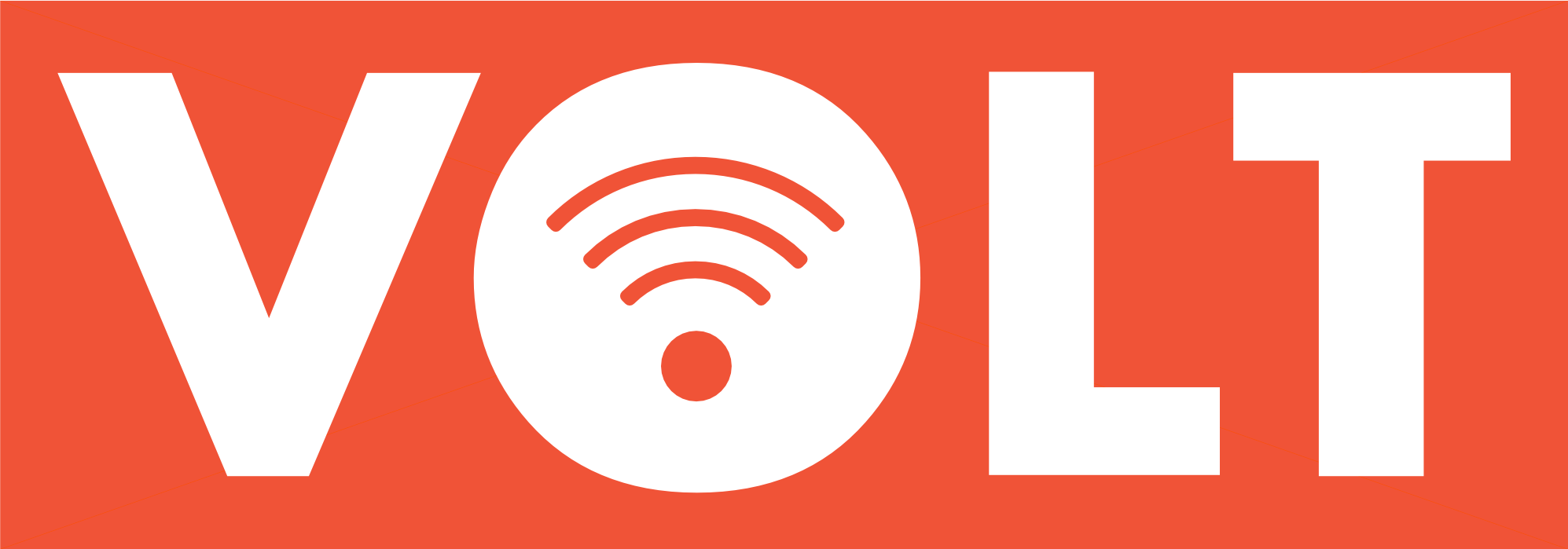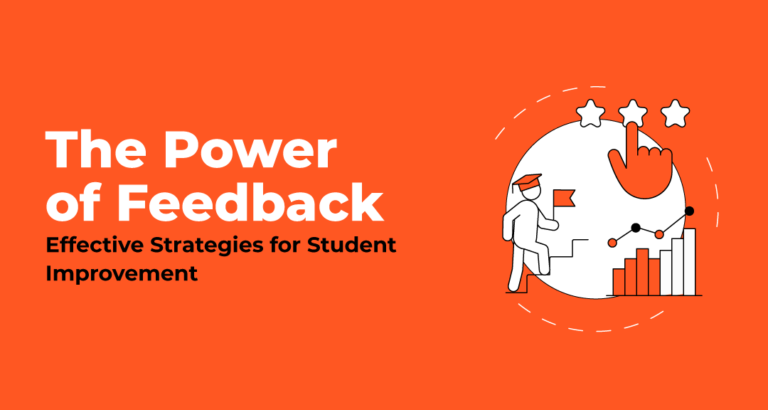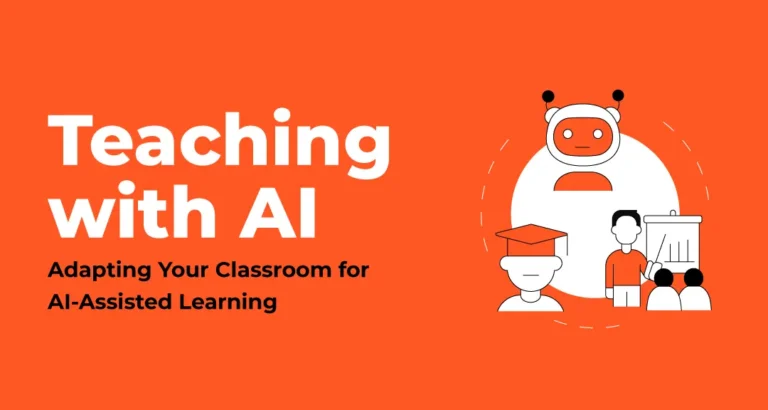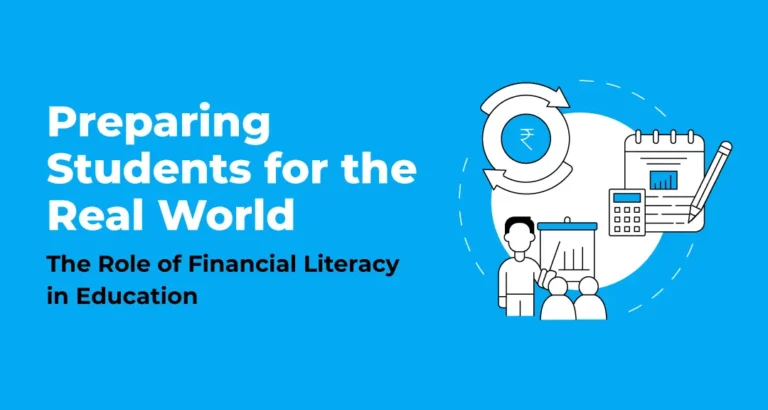Mastering Digital Literacy: The Crucial Skill For Thriving In A Transformative 21st Century
- Teaching
- February 8, 2025
- VOLT Learning
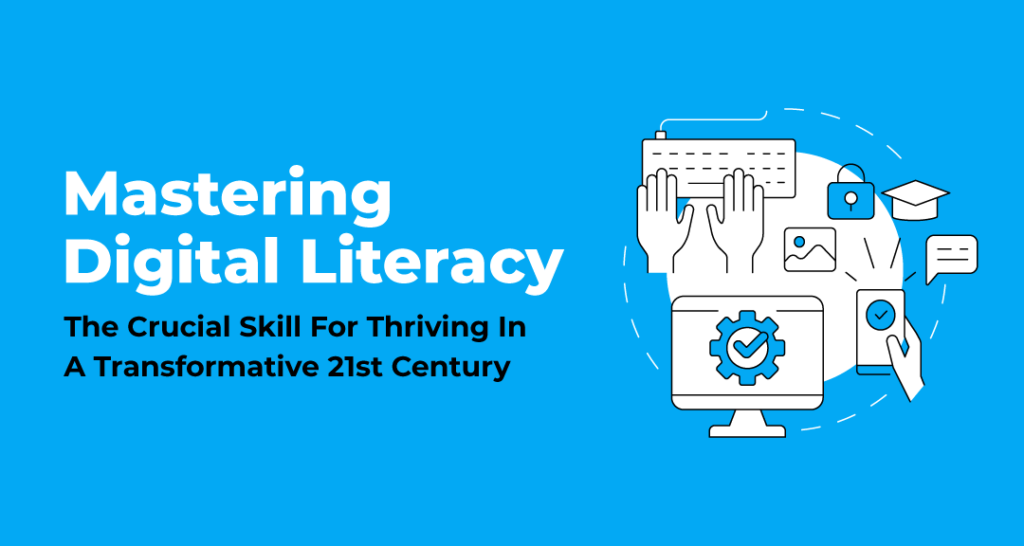
In the 21st century world, where a single click can expose students to an ocean of online information, mastering digital literacy skills is no longer optional. It has become essential for students because with endless digital resources come challenges like misinformation, cyber threats, and digital distractions. From online research to virtual classrooms, students must be equipped with essential capabilities to navigate the digital world and use technology productively. Digital literacy helps them excel academically and stay informed responsibly over the Internet.
So, what’s the big deal about digital literacy? What does digital literacy include? And most importantly, how will you, as a teacher, ensure that your students are equipped with relevant digital literacy skills? What are some strategies to facilitate literacy development? Buckle up because we’re about to dive deep into digital literacy, and trust me, it will be a game-changer.
What is Digital Literacy?
Alright, let’s start with the basics. Digital literacy can be defined as the ability to understand, navigate, evaluate, and communicate information in the digital format in everyday life. It enables students to access information, communicate, and perform tasks using computers, mobile devices, and the Internet.
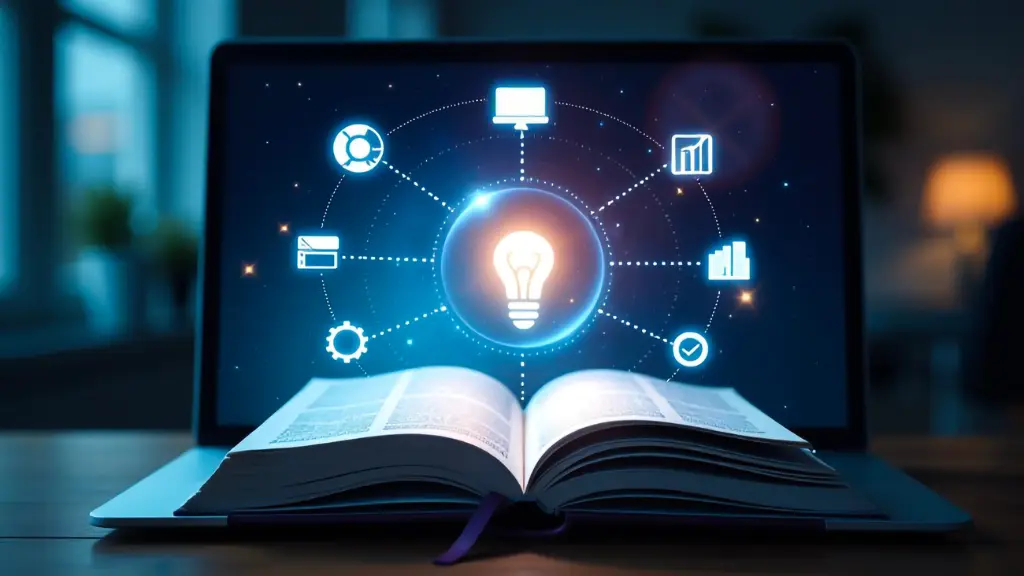
Digital literacy empowers students with the right digital skills to engage meaningfully in the digital world while ensuring safety and efficiency. The key principles of digital literacy include comprehension of digital information, curating online content, proficiency in creative thinking, computing and ICT literacy—knowing how to apply suitable technology, and learning self-reliance and critical thinking.
Being digitally literate means students are capable of:
- Access and consume information using digital tools to search for and retrieve reliable information.
- Create digital content by utilising technology to generate and share original content.
- Engage in meaningful and seamless communication using digital platforms and exchange information with others.
- To serve digital platforms responsibly by taking into account social and ethical concerns
Think of digital literacy as a survival toolkit for the 21st century. It prepares students with basic technical capabilities to leverage the power of the Internet and operate digital devices while developing cognitive skills to analyse information online critically.
Why Does Digital Literacy in India Matter?
We live in a world that has gone digital completely. From online classes to interactive gamification powered by AR and VR in the 21st century, technology and digital literacy are everywhere. They are shaping how we live, learn, and engage right now.
As educators, you have the power to equip your students with digital literacy because
- It supercharges learning – Using digital projects, online simulations, and virtual tools; students can transform traditional lessons into an altogether new experience.
- It’s a career game-changer – Digital skills are non-negotiable in today’s fast-paced arena. Whether coding, data analysis, or any other domain, everyone wants digitally proficient candidates with breakthrough digital technologies.
- It keeps students safe – The Internet isn’t always a friendly place. Digital literacy teaches students to avoid scams, spot misinformation and handle cyberbullying.
- It bridges the opportunity gap – A student with strong digital skills can access better resources and career opportunities.
How Digital Literacy is Changing Lives – Real-world Applications in Action
The future of students in the 21st century belongs to digital literacy. Let’s have a closer look at how it makes an impact:
1. Understanding Online Safety and Privacy
With cybersecurity threats rising, knowing how to protect personal data when using any digital platform is essential. Teachers nowadays guide students about possible security vulnerabilities and prepare them to create strong passwords, recognise phishing scams, and adjust privacy settings on websites and social media so that children have a safe and secure digital experience.
2. Using Common Applications
Microsoft Word, Excel, Google Docs, and PowerPoint are essential tools for students to thrive in the 21st century. No wonder schools are paying attention to teaching students the basic concepts of creating and editing documents, managing data in spreadsheets, and designing presentations.
3. Conducting Effective Online Research
With an ocean of information floating in digital form over the Internet, it is crucial to locate sound sources of information and avoid the pitfalls of wrong data. Children are being introduced to the proper use of search techniques, academic databases, and fact-checking tools in schools to arrive at accurate information.
That’s the power of digital literacy—it opens doors to opportunities that didn’t exist a decade ago. Digital literacy equips students with relevant digital skills to help them ride the wave of competition in the 21st century.
The digital divide – Not everyone has a fair shot.
Let’s talk about the elephant in the room: the digital divide. Not all students have equal access to technology. Some might not even have a smartphone or reliable internet. And that’s a problem – the digital divide is accurate, and here’s what’s making it worse:
- No devices, no internet: Many students lack access to essential digital tools, especially in rural areas.
- Teachers need support, too: Not all educators get the training to integrate digital literacy into lessons.

This divide creates a gap between those who are digitally literate and those who aren’t. Teachers have a fundamental role in bridging this gap by prioritising technology integration and enhancing the whole classroom learning experience. Teachers can make a massive difference through adaptive digital tools, online tutorials, and easy-to-use learning resources (offline and online) that engage students in collaborative problem-solving, computational thinking and peer-to-peer knowledge sharing. The entire journey of digital literacy training in the classroom can include teaching sessions on word processing, spreadsheets, web browsing, coding, or creating PowerPoints.
How to Apply Digital Literacy in the Classroom? Quick Strategies for Teachers
Implementing digital literacy is crucial for everyday learning. You don’t have to be a tech genius to implement this inside the classroom. You need the right resources—and that’s where VOLT Learning has your back. We assist teachers in applying meaningful digital literacy, and here’s how.
Each chapter of the VOLT Learning books contains digital literacy activities encouraging students to think critically about online information. Our coursebooks also contain real-life scenarios that teach students how to verify sources responsibly, analyse digital content, and use online platforms.
But wait—there’s more! VOLT Learning takes digital literacy up a notch through VOLT’s teaching and learning resources and an AI-powered learning tool that simplifies learning and makes classroom teaching engaging. Here’s what it brings to the table:
- Ebooks so teachers and students don’t struggle with boring traditional learning material. VOLT Learning offers interactive digital books in multi-device-compatible formats to bring lessons to life.
- Interactive quizzes and worksheets keep the students on their toes with brain-twisting quizzes that enable teachers to test students’ skills effortlessly.
- Ready-to-use teaching aids, such as lesson plan suggestions with explanations, make it easy for teachers to introduce complex topics without compromising educational standards.
- Audio and video-supported learning materials allow students to absorb information through listening and animated visuals, making digital literacy accessible to all learning styles.
What is the Future of Digital Literacy: What’s Coming Next?
So, what’s on the horizon for digital literacy? Technology will continue to change, and the skills that accompany it will, too. They will encompass AI, virtual reality, and anything else.
But one thing’s for sure: digital literacy will remain a cornerstone of education because the digital world isn’t slowing down! Here’s what’s on the horizon:
- AI & Automation: It will be vital to Teach children how to use technological breakthroughs like Artificial Intelligence to automate monotonous tasks in real-time.

- Virtual & Augmented Reality in Classrooms: Soon, students could explore the pyramids of Egypt or dissect virtual frogs in science class.
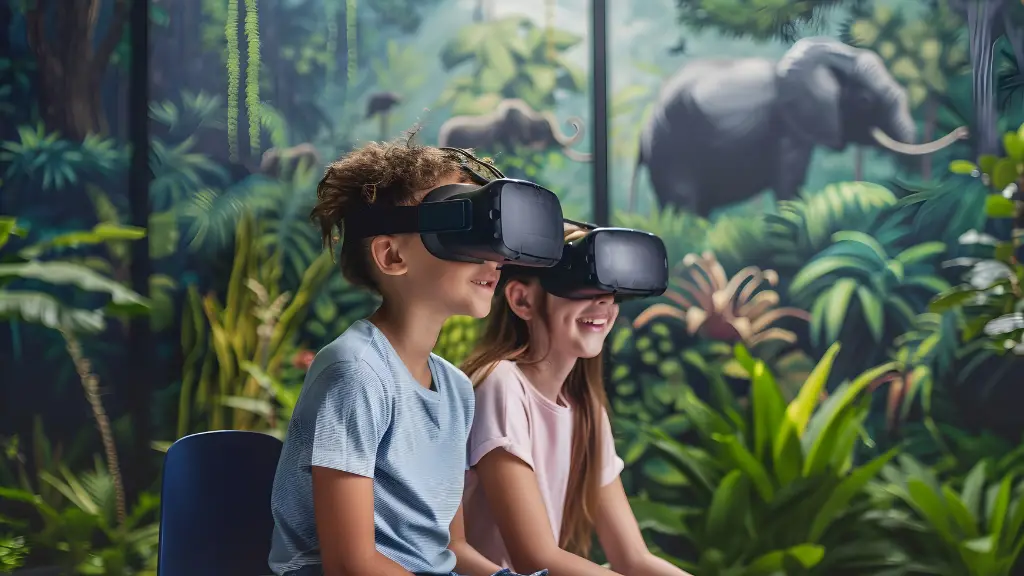
- Cybersecurity—As digital threats grow every second, teaching students how to stay safe online is as essential as learning mathematics and science concepts.
Wrapping it up:
Remember, digital literacy is no longer a casual skill; it’s a superpower for students in the 21st century. As teachers, we are privileged to guide our students in embracing digital literacy. Let’s integrate it into our classrooms in a fun way using VOLT Learning interactive digital resources so that our students not only survive in the future but shine.
